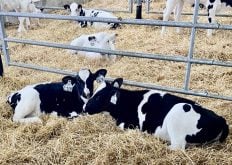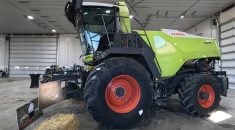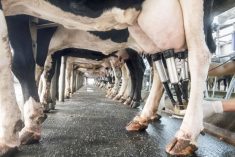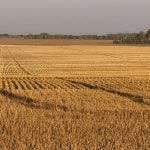This was first published by Dairy at Guelph.
Ontario dairy farmers must regularly remove animals from their herd by culling.
Through a provincial survey of 248 dairy farmers, researchers at the University of Guelph found opportunities for improvement of management of cows leaving dairy farms.
Read Also
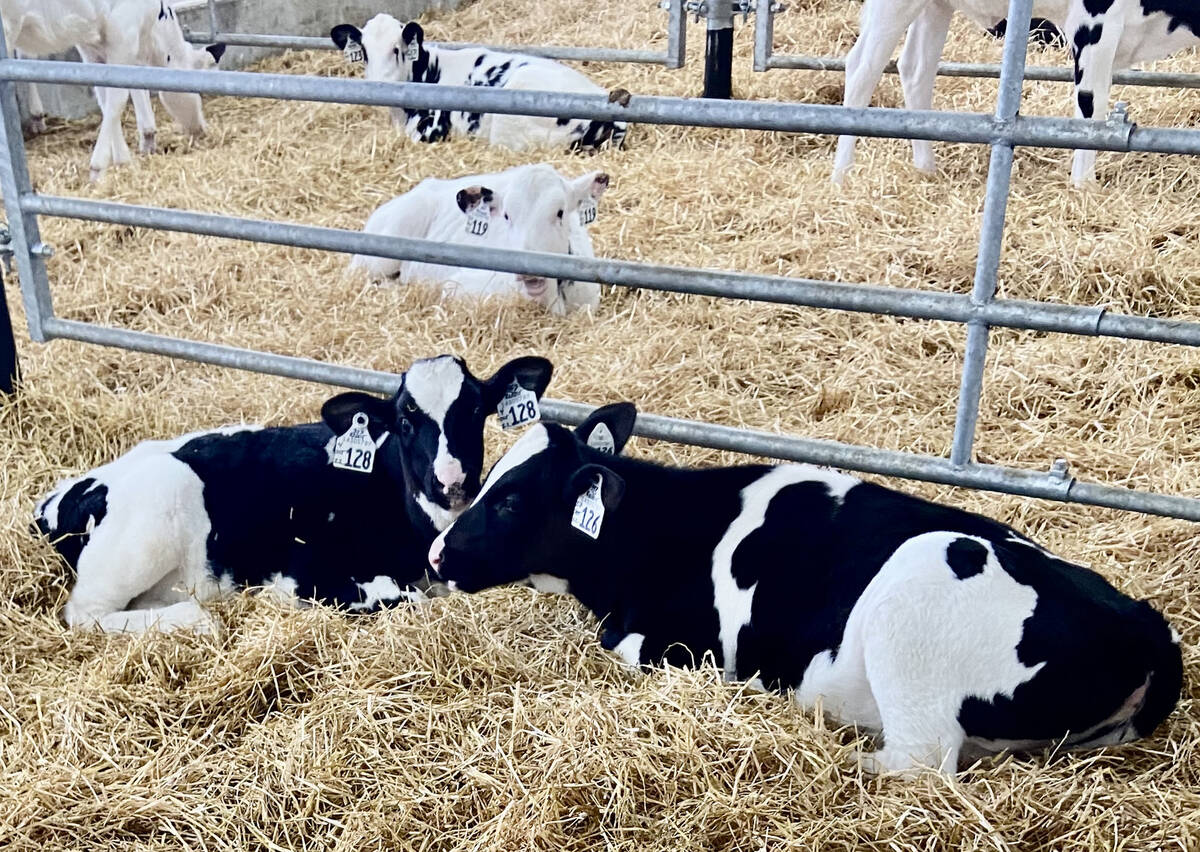
Back to the drawing board for sexed semen fertility ratings
Lactanet, the national genetic evaluation and dairy data provider, goes back to the drawing board with its sexed semen fertility rating index prototype.
Most (62 per cent) respondents had a written standard operating procedure for shipping cows, but those with this protocol use it less than half (48 per cent) of the time.
A veterinarian was involved in the development of cull cow protocols for 47 per cent of respondents.
Yet, the only information source for cull cow management that respondents identified as being ‘important’ or ‘very important’ was veterinarians.
With veterinarians’ expertise and farmers’ trust, there is room for increased communications to
improve culling decisions and meet regulatory requirements.
In 2020, new regulations in the Health of Animals Act were put into place to reduce the risk of cows having udder engorgement during transportation. Most (66 per cent) of respondents were familiar with these changes, but only 20 per cent of respondents completed dry-off before transport.
While this might not be needed for cows producing little milk or for short journeys, changes may be needed to plan ahead for transport.
Preparation for successful transport can also include changing feed or housing for cows ahead of culling, which were used by 15 to 25 per cent of respondents.
Most respondents indicated high agreement (at least eight out of 10) that their culled cows arrived at slaughter in the condition they left the farm. However, earlier data showed that it takes several days from leaving the farm to slaughter for some cows. There is a risk for deterioration in condition for culled dairy cows on their journey to a slaughter facility.
This research highlighted areas of opportunity for awareness and practices to improve health and welfare for cull cows.
This research project was funded by the Ontario Agri-Food Innovation Alliance KTT Research.
Further information on the study can be accessed in the journal Frontiers. For more information on this study, contact Dr. Todd Duffield, Department of Population Medicine, at [email protected].






